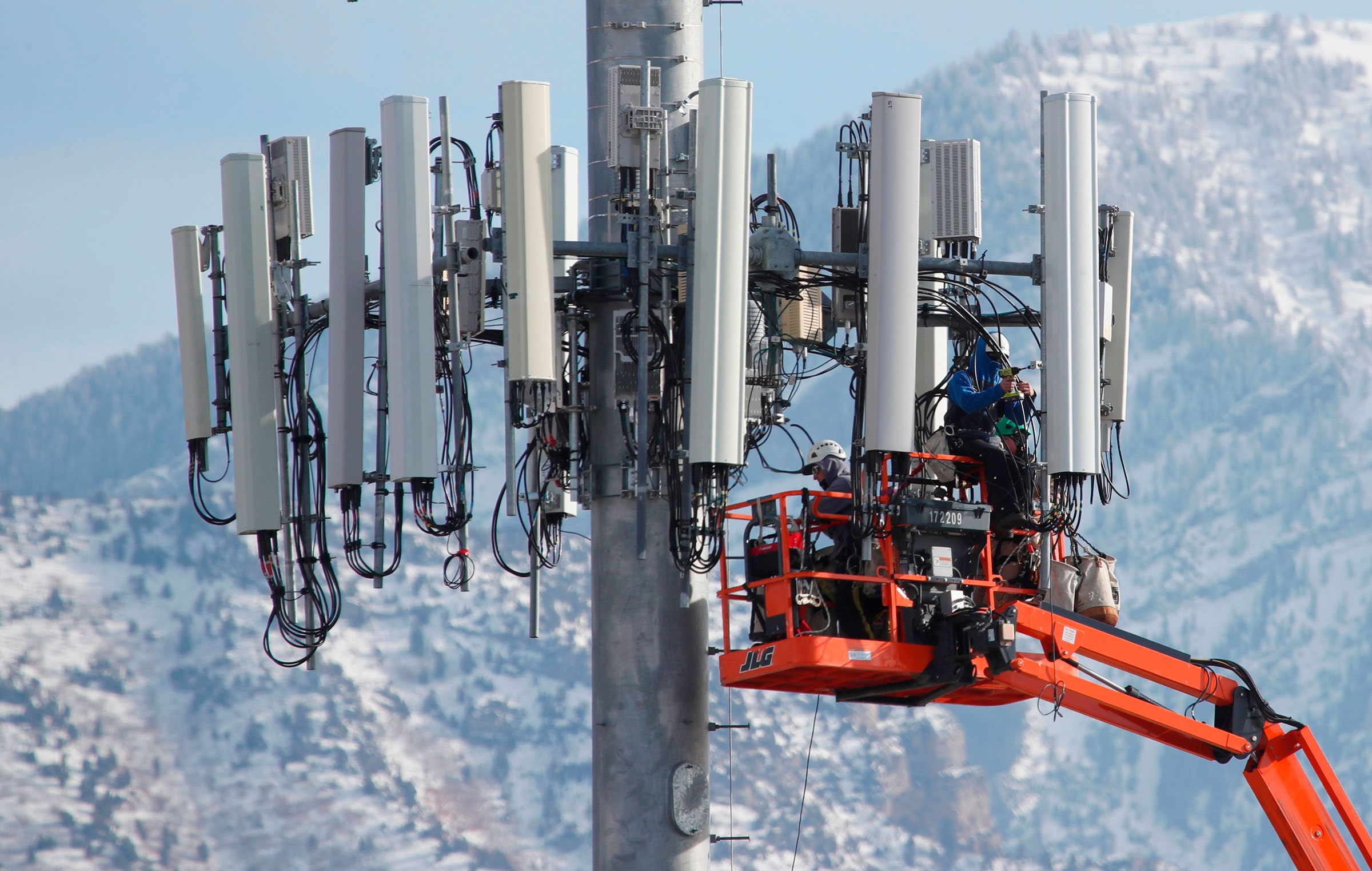If you've ever wandered through a city you might have noticed tiny mini 5G cell towers on the poles of street lights. They look like little boxes however they're actually sending wireless signals from cell phone providers to your mobile.
They are replacing larger specially-designed cell towers. While they're less noticeable but they can still cause problems for people.
The Federal Communications Commission's Radiation Exposure Thresholds
The FCC's Radiation Exposure Thresholds establish the safe limit at which a person can be exposed to electromagnetic radiation from wireless devices. The exposure limits are based on scientific data which show that the energy of RF can be harmful to human health.
The specific absorption rate (SAR) is an indicator of the amount of radiofrequency energy taken up by tissues. It's usually 1.6 Watts per kilogram spread over a kilogram of tissue.
Since 5g is able to transmit at higher frequencies, it has the potential to create more energy on the skin as well as other body areas. This can lead to various possible harms, like the appearance of skin conditions like dermatitis, skin cancer and cataracts.
Due to the possible harmful effects of radiation from 5G, PSU has chosen to create a general power density limit of 4 mW/cm2 measured across 1 centimeter, and not exceeding 30 minutes for the entire 5G spectrum at 3000 GHz. This localized limit is in accordance with the maximum SAR that is spatially averaged at 1.6 W/kg averaged over 1 5 grams of body tissue, at 6 GHz.
The FCC's Maximum Exposure Thresholds for Maximum Exposure

If you've ever used a cell phone, then you're aware that the safest range from the tower is around 400 meters away. This is because the transmitting power of a cell tower increases dramatically the farther the tower is.
While this sounds like an ideal idea but the truth is that those living close to towers could be more vulnerable to health issues. For instance, a 2014 study in India discovered that those who lived within 50 meters from cell towers suffered significantly more health complaints than those who were far from antennas.
But, the study revealed that those who relocated to areas that were further from cell towers experienced their symptoms improve within a couple of days. Studies have also revealed that exposure to high levels of radiofrequency electromagnetic fields (EMFs) can cause brain tumors, cancers, and other health problems.
This is due to the fact that radiofrequency radiation, used in wireless communication, can be absorbed by the body's outer layer, which is the skin. It is vital to be aware of this since the skin functions as a protective barrier against injury to the body, infection from pathogenic microorganisms, as well as entry of toxic substances. It is also the largest organ in the human body, and is accountable for maintaining the integrity of other organs.
safe distance from 5g tower on numerous assumptions that are not supported by evidence from science. These include the erroneous assumption that exposures of a short duration to RF radiation are safe because of the minimal radiation penetration in the human body (i.e. thermal heating of tissue).
This assumption does not take into account the more extensive penetration of ELF components of modulated RF signals, as well as the effect on the body of short bursts caused by RF pulses. These assumptions do not correspond with the current understanding of biological consequences of RF radiation, and thus, they should not be used for health protective exposure standards.
Furthermore there is the fact that both ICNIRP and FCC limit their radiation limits for local peak SARs that are based on the peak speed of spatial absorption (psSAR), which can be described as not a sufficient dosimetric tool to determine the degree of exposure to RF radiation. Particularly, psSAR is inaccurate for frequencies above 6 GHz. Furthermore, psSAR has not been evaluated for RF radiation with co-exposure to other environmental agents , such like sunlight. Interactions of RF radiation and other environmental agents may cause synergistic or antagonistic impacts. This can lead to an increased risk of negative health adverse effects. For example, co-exposure to RF radiation and sunlight could cause an increase in the incidence of skin cancer and exacerbate other skin conditions like acne.
